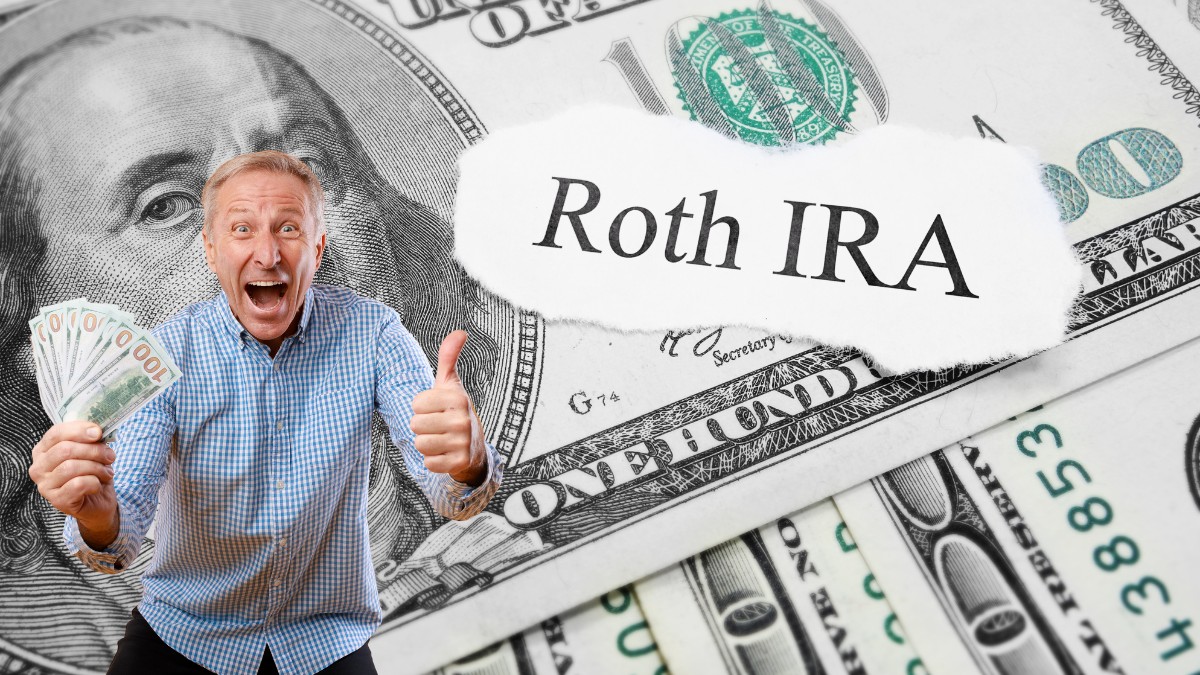Retirement planning can be a very difficult task now a day, but one savings option that has consistently succeed is the Roth IRA (Roth Individual Retirement Account). out of the many different savings option, Roth IRA has consistently succeed.
The Roth IRA has been a real trend with American savers because of its outstanding tax benefits. One of the popular retirement accounts among the people of U.S. is the a Roth IRA with its tax-free withdrawals and investments that can grow without being taxed in the future. It is comfortable to say that a Roth IRA is something that you can rely on to secure your financial future.
Key Benefits: Tax-Free Growth and Withdrawals
Being structured for tax efficiency is one big reason to have a Roth IRA. Unlike traditional IRAs, where contributions are tax-deferred and withdrawals are taxed, a Roth IRA allows you to invest money that has already been taxed, so that you will never pay taxes on your money again in the future. It is as if you were able to secure a guaranteed profit, not diminished by a tax.
Furthermore, the untaxed growth and free withdrawals Roth IRAs provide can be of great help to those individuals who feel they will be in a higher tax bracket during retirement. This can have the extra benefit of significant savings in the long term with the additional circumstance of really a great performance of your investments.
Contribution Limits and Eligibility: Who Can Contribute?
A lot of people are attracted to the idea of contributing to a Roth IRA, but it’s important to note that not everyone is eligible. In 2025, the requirement to be able to contribute to a Roth IRA is to have earned income that is less than the specified limit. If you are single, however, the limit is $165,000, and $246,000 if you are jointly filing the tax form with your spouse.
However, when your income level is above the direct contribution threshold to a Roth IRA, it is still possible to benefit from differently advantaged plans in the form of Roth IRA conversions. This method necessitates the transfer of some of your funds from traditional IRA or 401(k) to Roth IRA, but beware of any tax consequences that may arise.
No Required Minimum Distributions (RMDs): More Flexibility for Your Retirement
One more significant bonus of a Roth IRA is that you are not subject to Required Minimum Distributions (RMDs). In the case of traditional retirement accounts, soon after reaching the age of 72, savers are obliged not only to take out but also to report a fixed amount as a tax-trigger, which can be disadvantageous. In the case of Roth IRAs, your money will grow unrestrained by taxes, and you do not have to be under pressure to withdraw any capital in your lifetime.
This extra freedom to access Roth IRAs can turn retirement accounts into a powerful instrument of your estate planning. If not all the money from your Roth IRA is spent during your retirement, you have the option to pass on the remaining funds to your children, who, in turn, will enjoy withdrawals free of any taxes.
The Power of Roth IRAs for Long-Term Retirement Growth
The Roth IRA is more than just a simple retirement account; it is in fact a key secret of building your financial base through which you can significantly increase the value of your wealth over time. With tax-free growth, no required minimum distributions, and the potential for tax-free withdrawals in retirement, a Roth IRA can be a crucial part of your retirement savings plan. If you are eligible, this could be your wise financial move in life. Therefore, if you are looking for a way to energize your retirement savings, now is a good opportunity to study the Roth IRA benefits.









